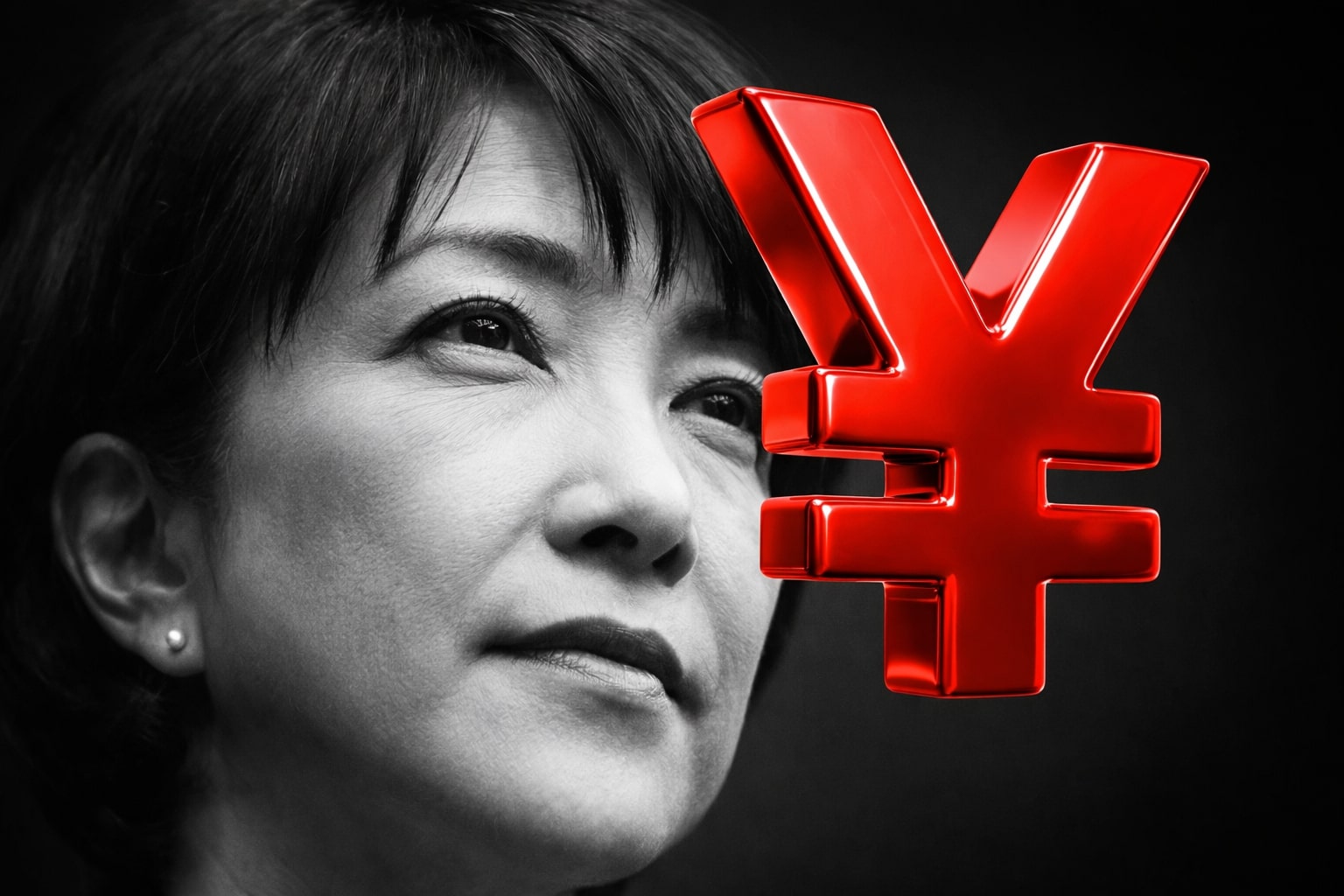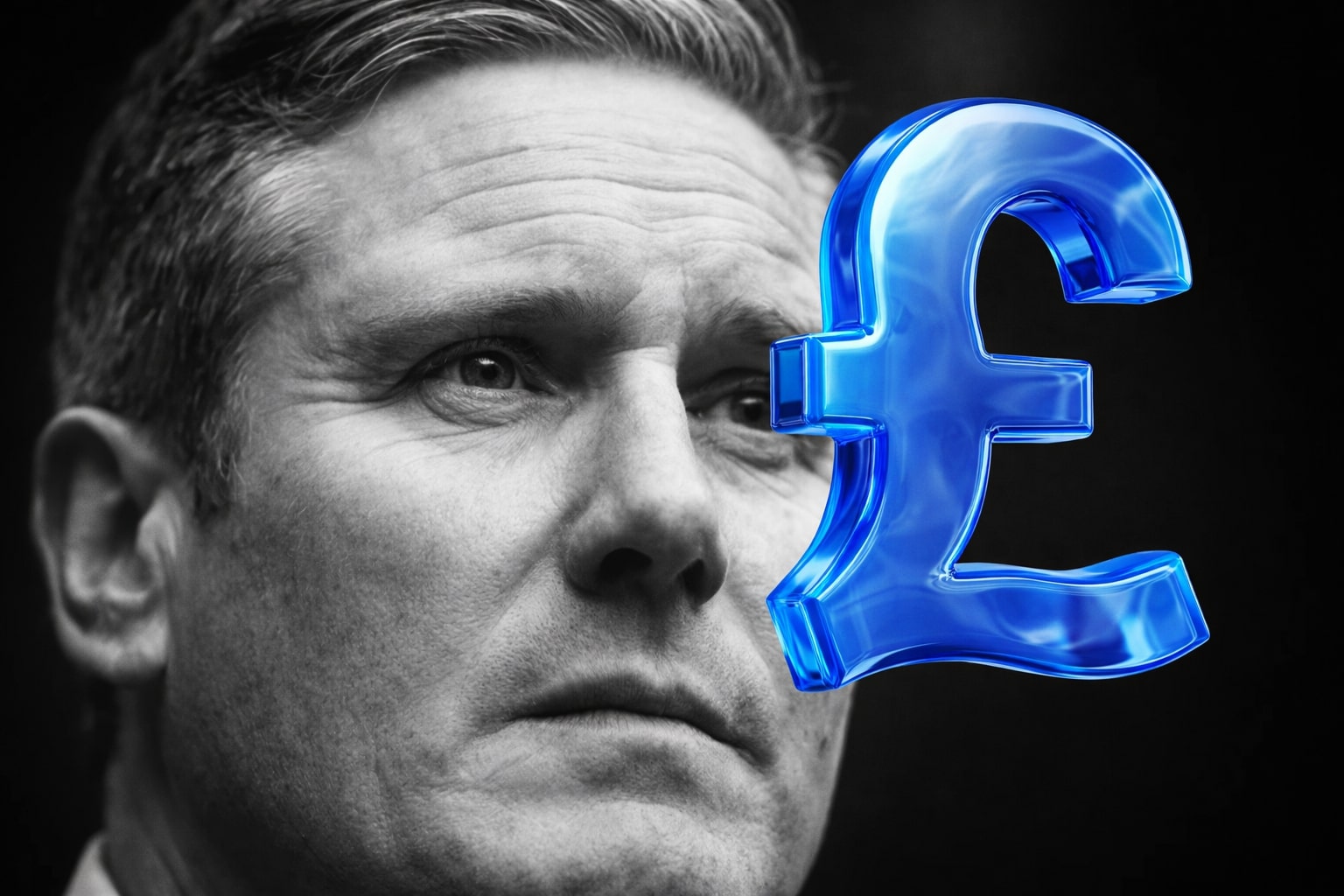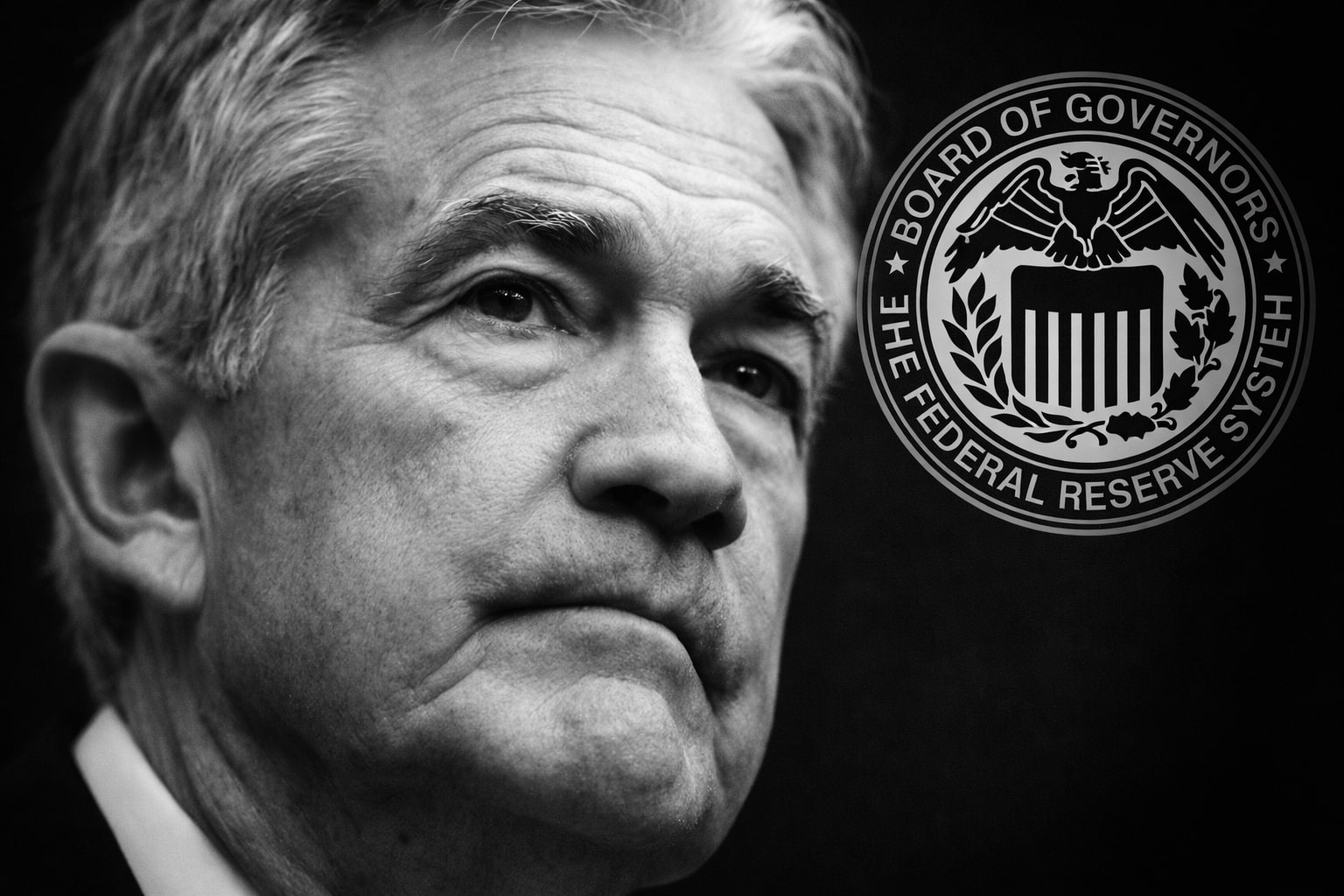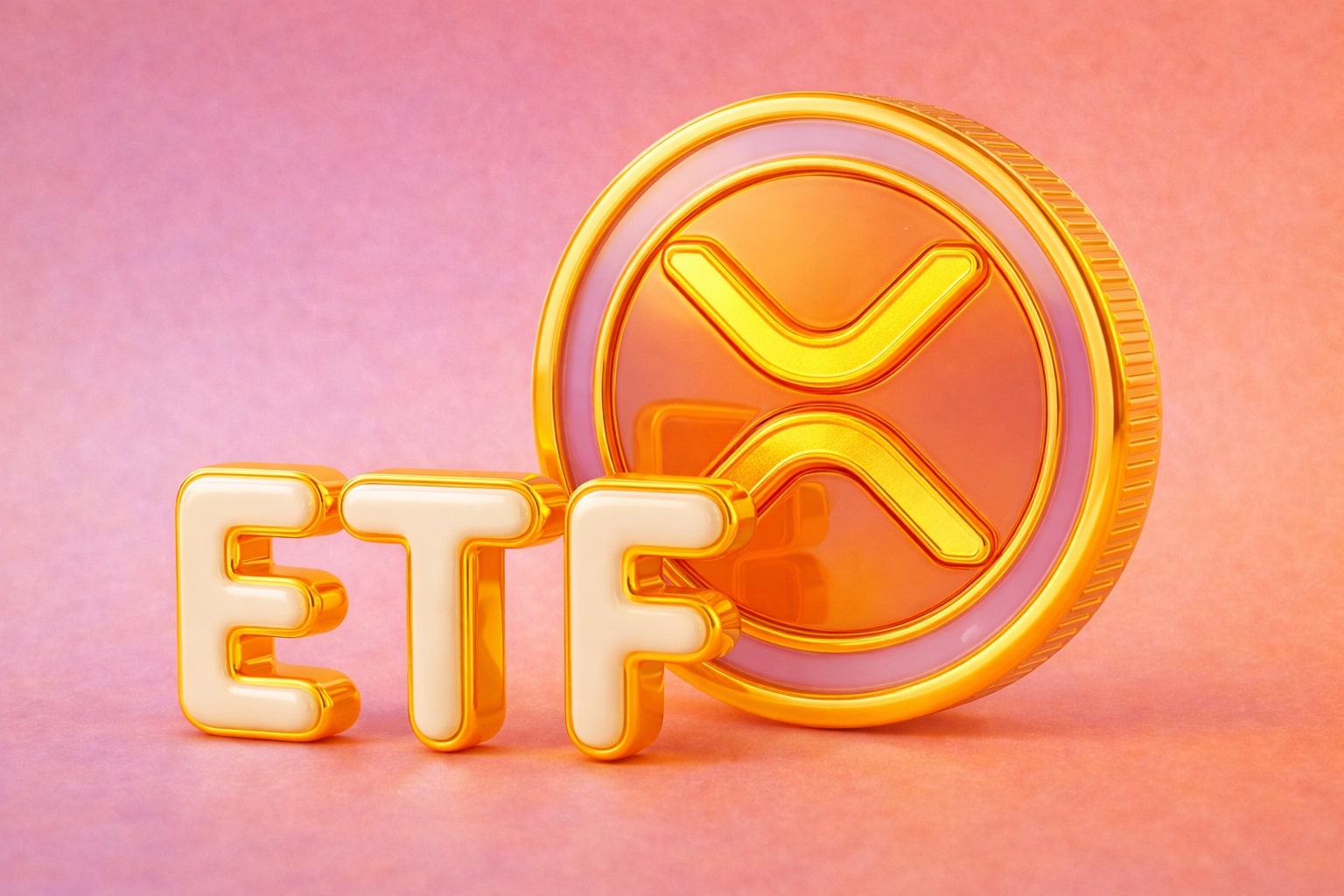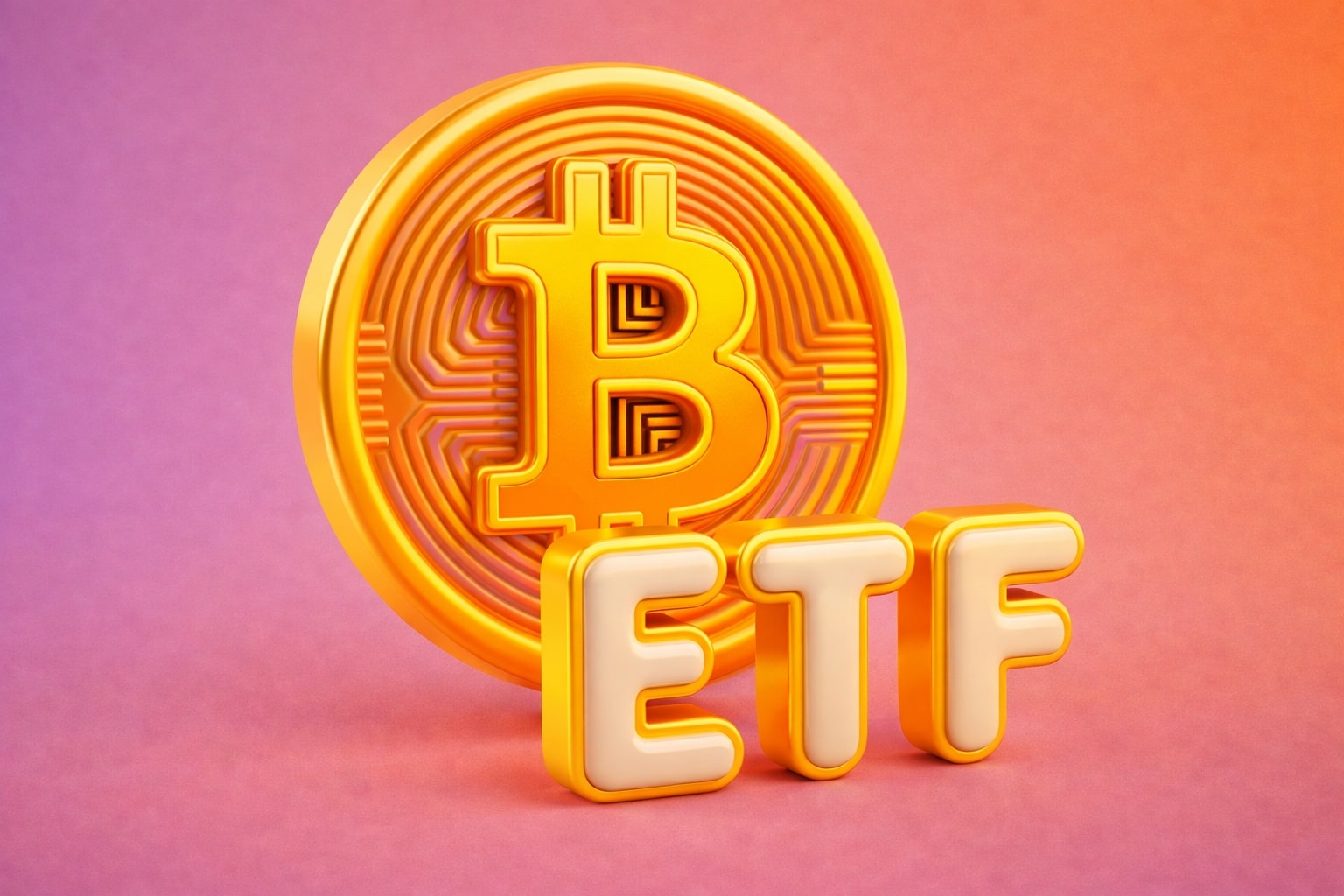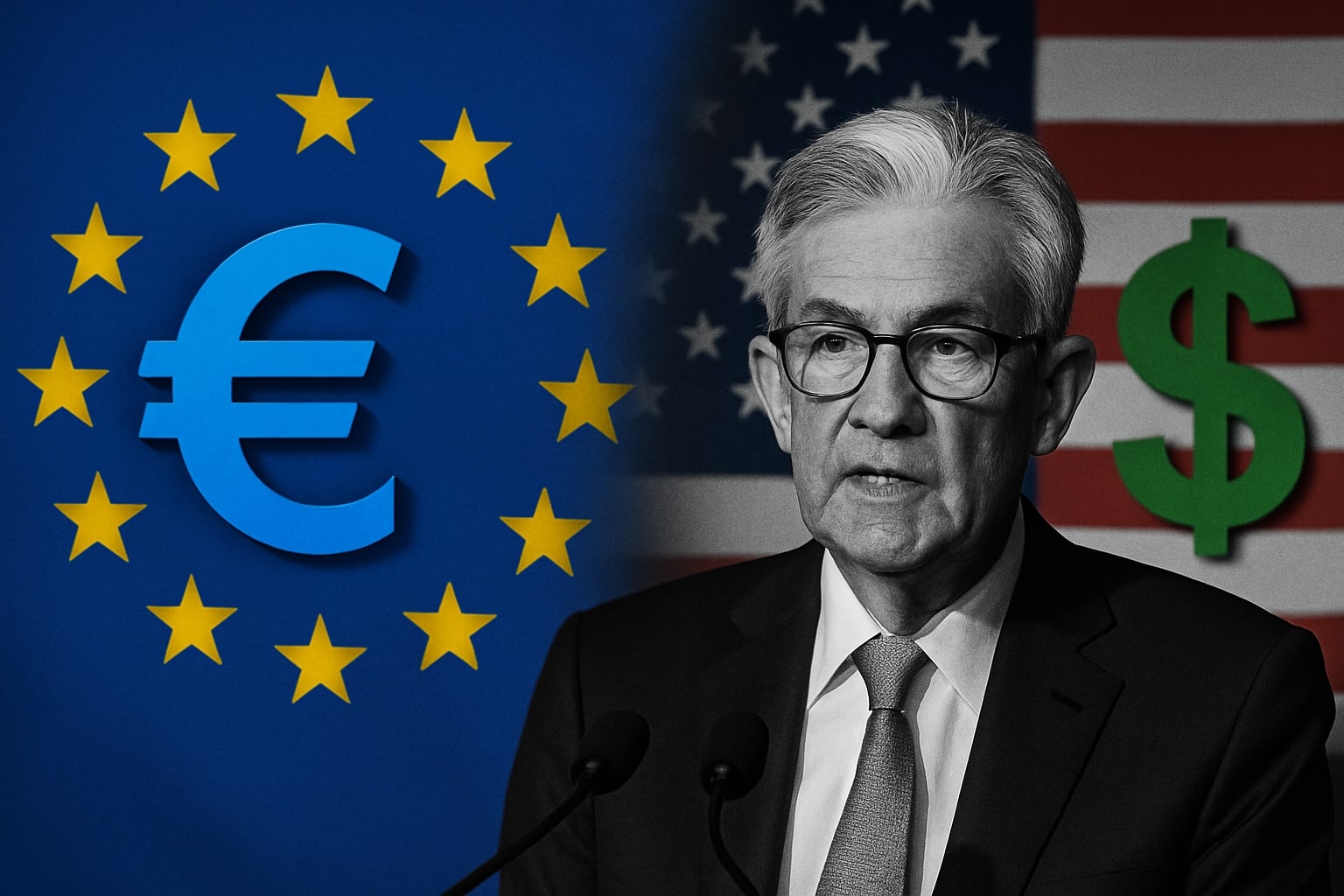
EUR/USD Price Holds 1.1600 as Cooling CPI and Strong PMIs Split Fed and ECB Outlook
The Euro-Dollar (EUR/USD) pair steadies near 1.1600, supported by upbeat Eurozone data and expectations of a 25 bps Fed rate cut to 3.75%–4.00% | That's TradingNEWS
EUR/USD Consolidates at 1.1600 as Cooling CPI and Diverging PMIs Test Fed and ECB Policy Outlook
The EUR/USD pair remains tightly anchored near 1.1600, closing the week with a modest 0.21% decline despite holding above its three-day support streak. The muted U.S. CPI reading at 3.0%, slightly below expectations of 3.1%, has reinforced confidence that the Federal Reserve will proceed with a 25-basis-point rate cut, bringing its target range closer to 3.75%–4.00%. However, stronger U.S. manufacturing PMI at 52.2 and services PMI at 55.2, both marking multi-month highs, revealed that the American economy still retains momentum, complicating the Fed’s dovish path. The U.S. Dollar Index (DXY), hovering at 98.94, managed a mild recovery, limiting the Euro’s upside potential after its early-week gains toward 1.1650 were capped by resistance at the 100-day moving average (1.1658).
Eurozone Economic Recovery Offsets France’s Fiscal Concerns
Across Europe, the narrative remains mixed. The latest HCOB Flash PMIs climbed to 50.0 for manufacturing and 52.6 for services, both exceeding expectations and signaling that the Eurozone’s recovery momentum is gradually returning. Industrial production data from Eurostat showed a 0.8% month-over-month increase, driven by improved factory output in Germany and the Netherlands. Yet optimism was tempered after Moody’s revised France’s outlook to negative, warning that political uncertainty and fiscal deficits above 4.4% of GDP could hinder reform implementation. This downgrade added a layer of caution to Euro traders, with markets now expecting the European Central Bank (ECB) to maintain a restrictive stance through Q4 2025 to defend price stability near its 2% inflation goal.
Government Shutdown and Trade Uncertainty Weigh on U.S. Sentiment
In the United States, the prolonged government shutdown—now stretching into its fourth week—has begun to erode business and consumer confidence. The University of Michigan consumer sentiment index was revised lower to 53.6, missing expectations, while one-year inflation expectations eased slightly to 4.6%. According to a Congressional Budget Office (CBO) report, the shutdown is shaving roughly $2 billion per week off Q4 GDP growth. Simultaneously, the Trump administration’s renewed trade investigation into China has reignited uncertainty over global supply chains, curbing risk appetite and reinforcing defensive positions in the dollar. Traders remain cautious ahead of the FOMC decision, with the CME FedWatch Tool showing an 88% probability of a November rate cut, although mixed macro data keeps volatility subdued.
Technical Landscape: EUR/USD Trapped Between 1.1550 and 1.1660
Technically, EUR/USD remains neutral but slightly tilted toward the downside. The pair trades below its 20-day and 100-day Simple Moving Averages, both converging near 1.1655, signaling a zone of resistance. Support holds at 1.1600, followed by 1.1550, where dip-buying has consistently emerged. The Relative Strength Index (RSI) sits below 50, indicating limited bullish momentum. A breakout above 1.1700 could trigger a run toward 1.1800, coinciding with the July highs, while a close below 1.1550 would expose the pair to the August low at 1.1390. Options data reflect a market expecting rangebound trading, with the Cboe EuroCurrency Volatility Index (EVZ) at 6.5, its lowest since August, suggesting limited hedging activity ahead of next week’s Fed and ECB meetings.
Institutional Outlooks Diverge: Wells Fargo, ING, and RBC Split on EUR/USD’s Path
Forecasts from major institutions underline the divergence in long-term outlooks. Wells Fargo expects EUR/USD to rise toward 1.18 before retreating to 1.12 by Q1 2027, citing temporary Euro resilience followed by renewed dollar strength once U.S. growth stabilizes. ING maintains a 1.20 target by end-2025, arguing that the ECB’s tighter policy and a softening U.S. yield curve could sustain moderate Euro appreciation. Meanwhile, RBC Capital Markets projects a more bullish scenario, forecasting 1.24 by late 2026, contingent on structural dollar weakness and fiscal expansion in the Eurozone. In contrast, Credit Agricole foresees renewed dollar strength by mid-2026 as the Fed halts cuts, potentially capping the Euro’s advance below 1.22. This divergence highlights how central bank synchronization—or lack thereof—will determine the next macro leg for EUR/USD.
Fed Policy Divergence with the ECB Defines Medium-Term Direction
The Fed’s anticipated rate cut contrasts with the ECB’s cautious rhetoric, creating a policy divergence that supports the Euro’s stability in the short term but risks reversal later. ECB President Christine Lagarde has reiterated that inflation remains “too high for comfort,” emphasizing data dependency before any easing cycle begins. Markets currently price just one 25-bp ECB cut by mid-2026 compared to two from the Fed, widening the real yield gap slightly in favor of the Euro. However, with Eurozone growth forecasted at 0.7% for 2025, any policy misstep or energy price rebound could tilt the balance back toward the dollar
Read More
-
IVE ETF Near $212: Is This S&P 500 Value Play Still Cheap for 2026?
20.12.2025 · TradingNEWS ArchiveStocks
-
XRP ETFs XRPI at $11.07 and XRPR at $15.76 Power $1.2B Inflows as XRP Fights for $2
20.12.2025 · TradingNEWS ArchiveCrypto
-
Natural Gas Price Forecast: NG=F Tests $3.60 Support as LNG Boom and $5 Henry Hub Calls Build Into 2026
20.12.2025 · TradingNEWS ArchiveCommodities
-
USD/JPY Price Forecast - Pairs Surges After BoJ’s 0.75% Hike as Pair Eyes 161.50 Resistance
20.12.2025 · TradingNEWS ArchiveForex
Trading Dynamics and Volatility Outlook
Short-term positioning suggests that institutional traders remain cautious, with speculative long exposure on EUR/USD falling for the second straight week, according to CFTC data. Open interest in futures declined 3.4%, consistent with subdued volatility. Traders are adopting neutral strategies, such as iron condors around the 1.1550–1.1750 range, to profit from stagnation. However, low volatility also makes long straddle positions an attractive hedge against potential breakouts from Fed or geopolitical headlines. Should the Fed’s tone turn unexpectedly hawkish, the dollar could regain strength swiftly, dragging EUR/USD back below 1.1550, but a dovish confirmation may push the pair to test 1.1720–1.1800 resistance levels.
Broader Macro Context: Dollar Reserve Status and Global Flows
Despite recurring speculation about de-dollarization, Wells Fargo maintains that the U.S. dollar’s reserve role remains intact, attributing recent shifts in global holdings to valuation effects rather than structural abandonment. The Euro still accounts for roughly 31% of global FX transactions, a share largely unchanged since 2022. Yet, diversification by emerging-market central banks—particularly into gold and yuan—reflects the slow rebalancing of global reserves. These flows add a subtle layer of demand for the Euro in periods of U.S. fiscal strain, even if not yet strong enough to drive a structural trend reversal.
Market Verdict on EUR/USD (Buy, Sell, or Hold)
After consolidating for three consecutive sessions above 1.1600, EUR/USD appears balanced between dovish Fed bets and mixed Eurozone fundamentals. The near-term bias remains neutral to mildly bullish as long as the pair holds above 1.1550, with upside potential extending to 1.1750 if the Fed confirms a cut next week. However, strong U.S. PMI resilience and France’s fiscal downgrade continue to cap aggressive Euro buying. For investors positioning into Q4, EUR/USD is a Hold at current levels, with tactical buy opportunities emerging only on confirmed closes above 1.1660 or dips toward 1.1500 supported by renewed ECB confidence and softer U.S. yieldsץ














